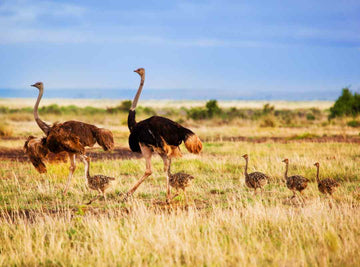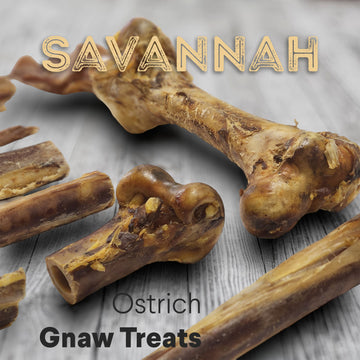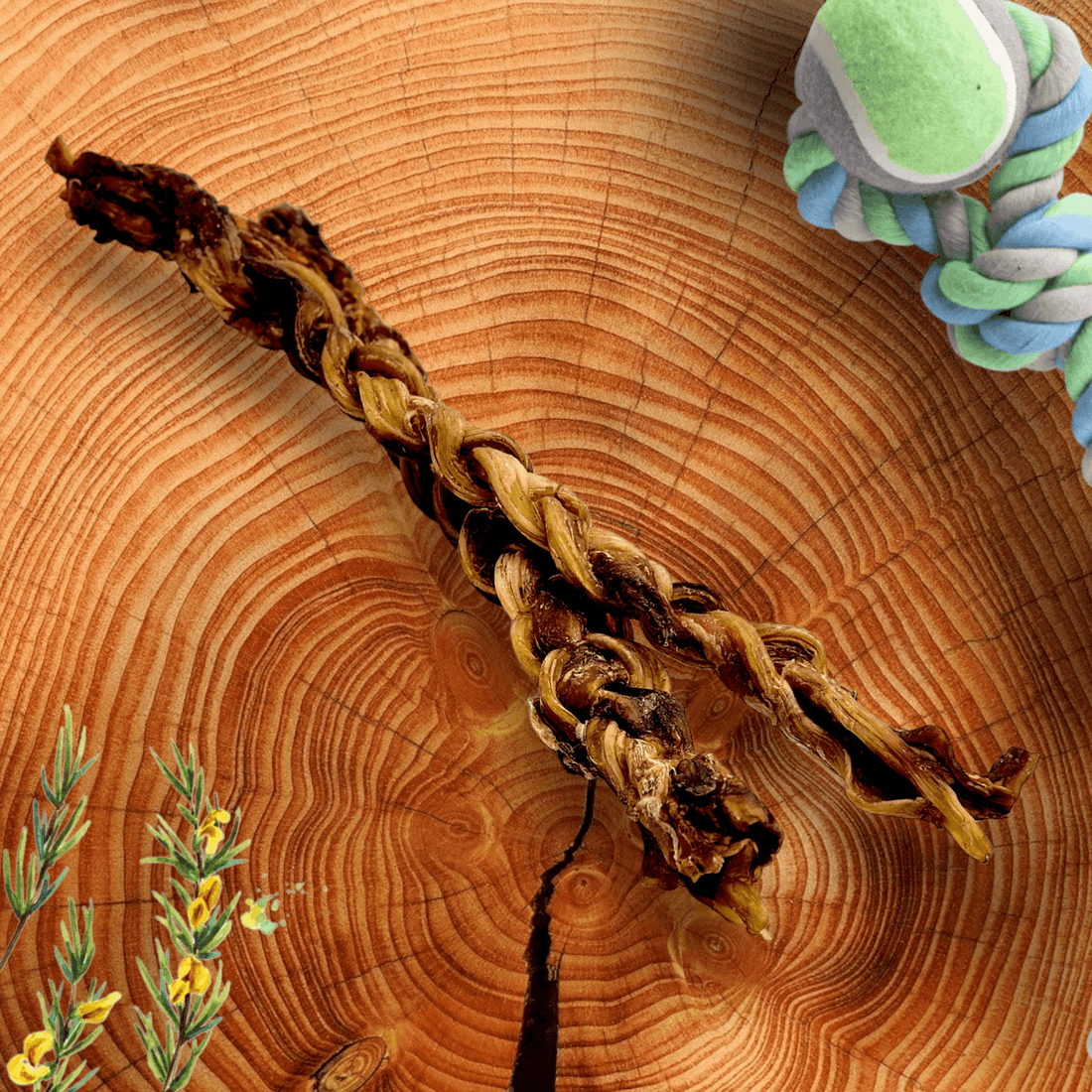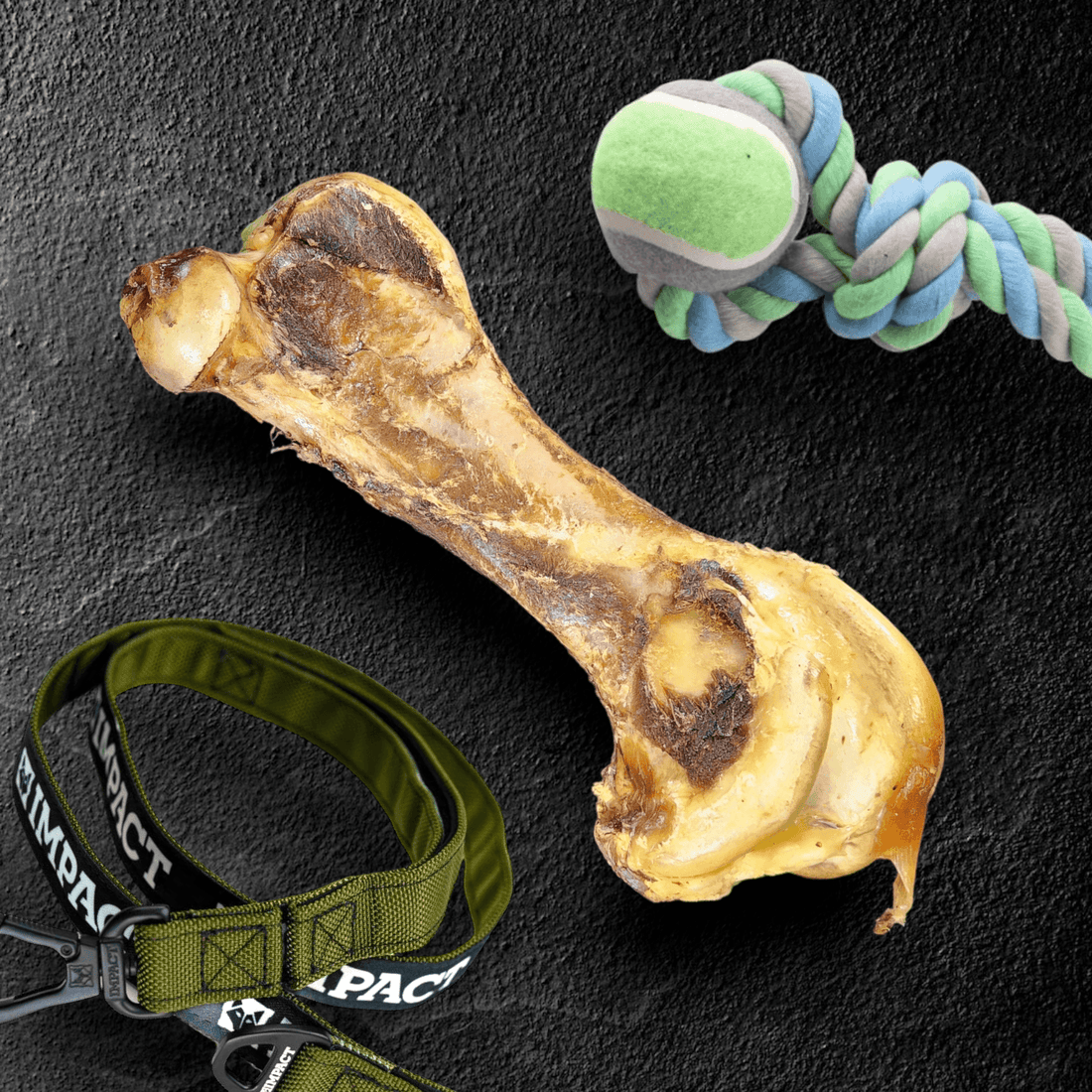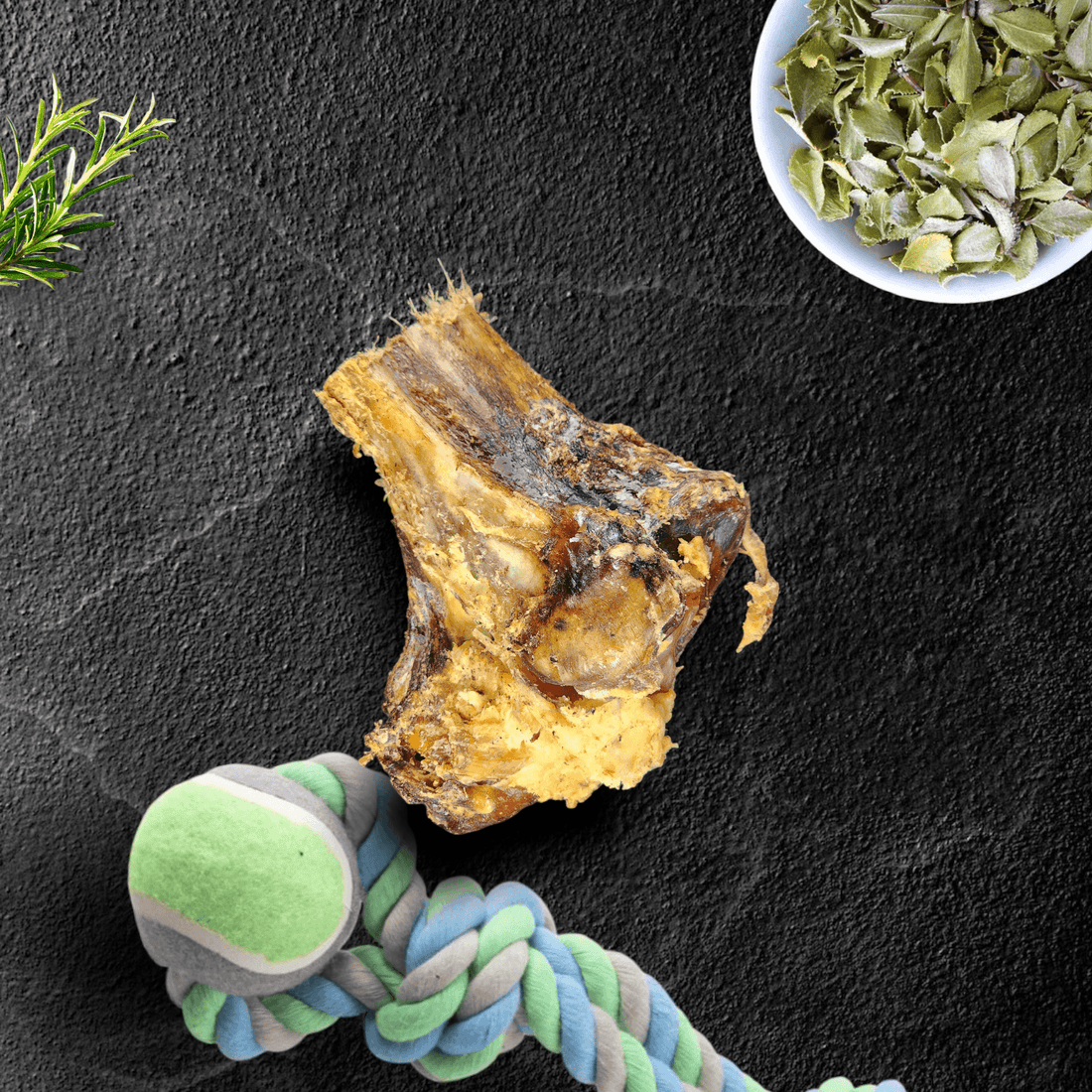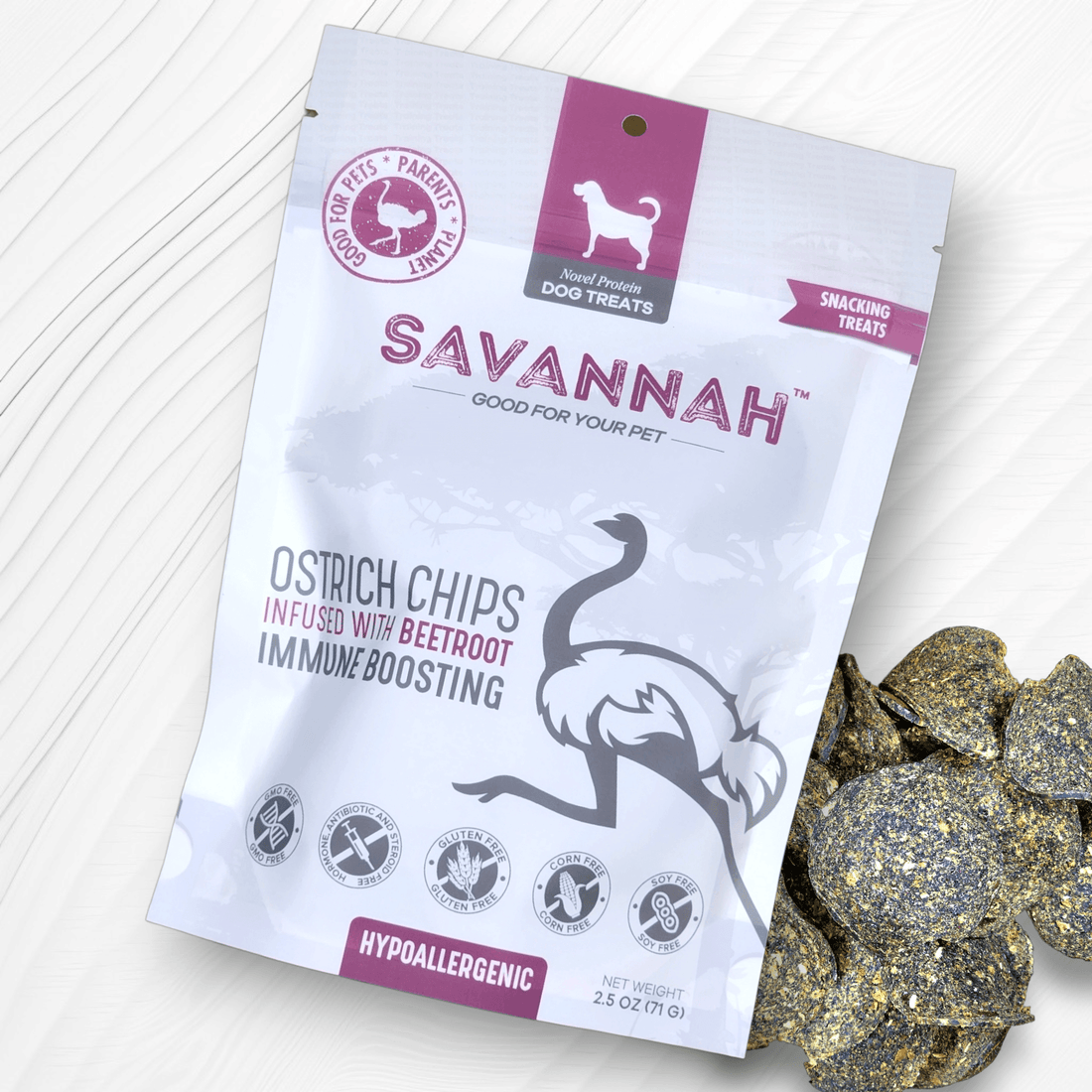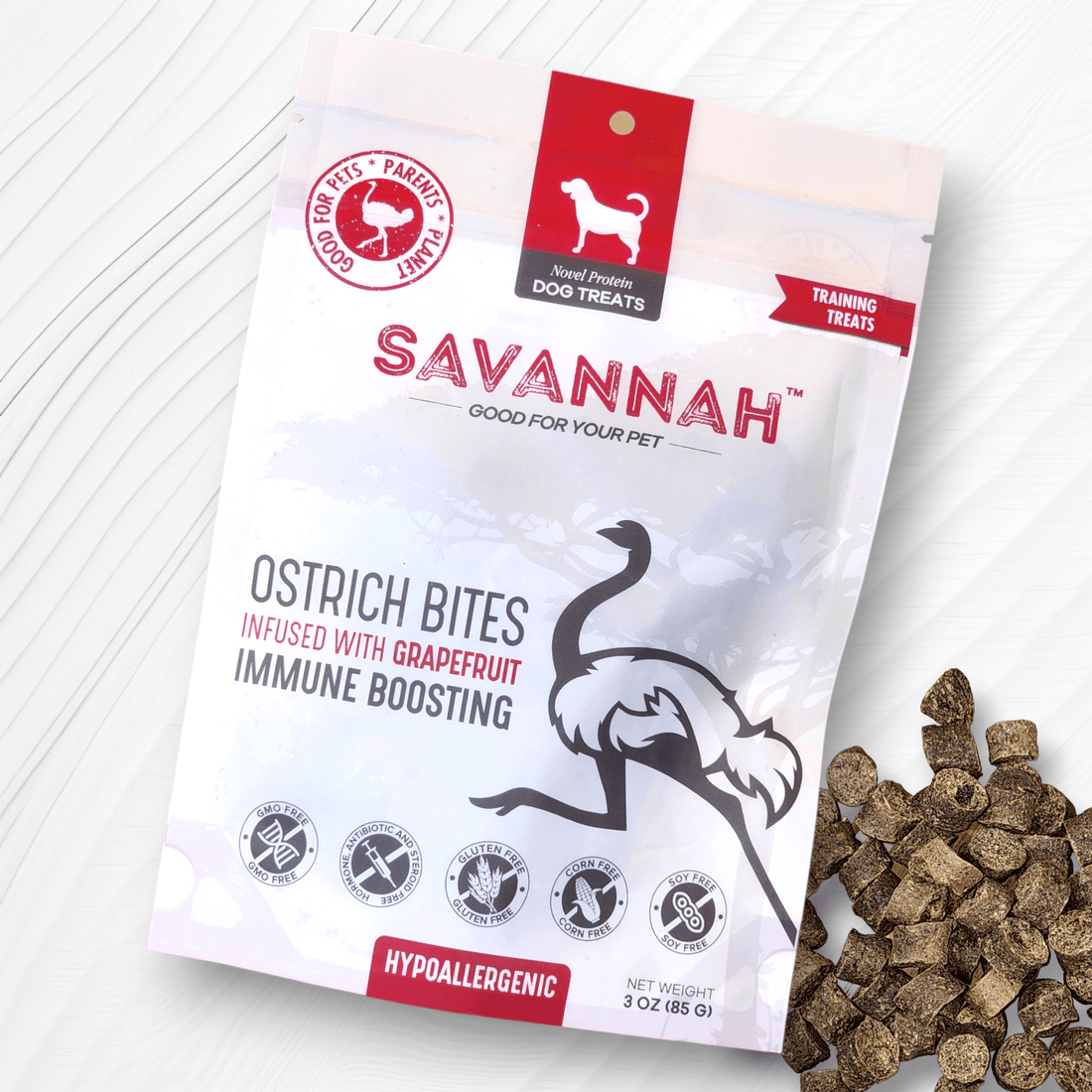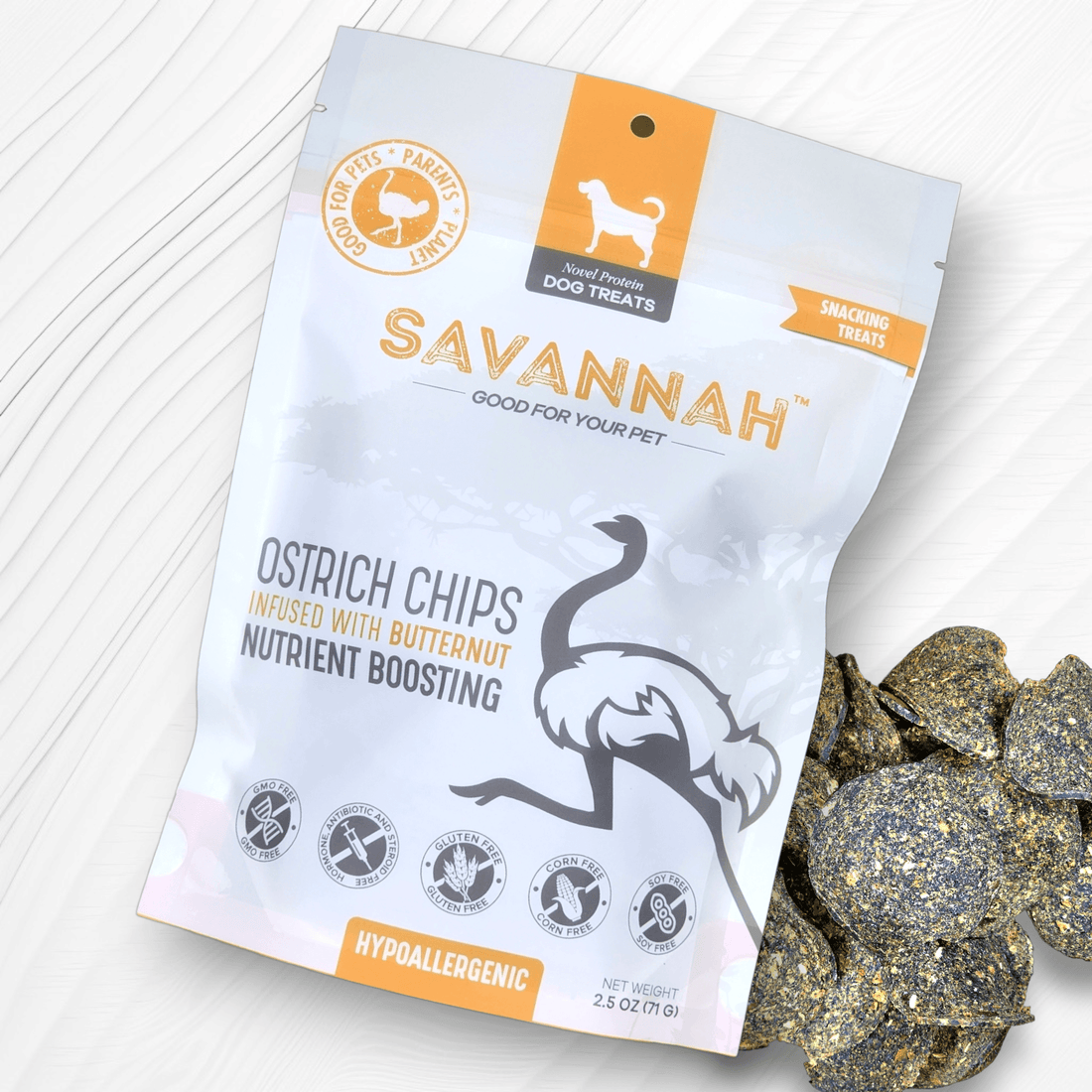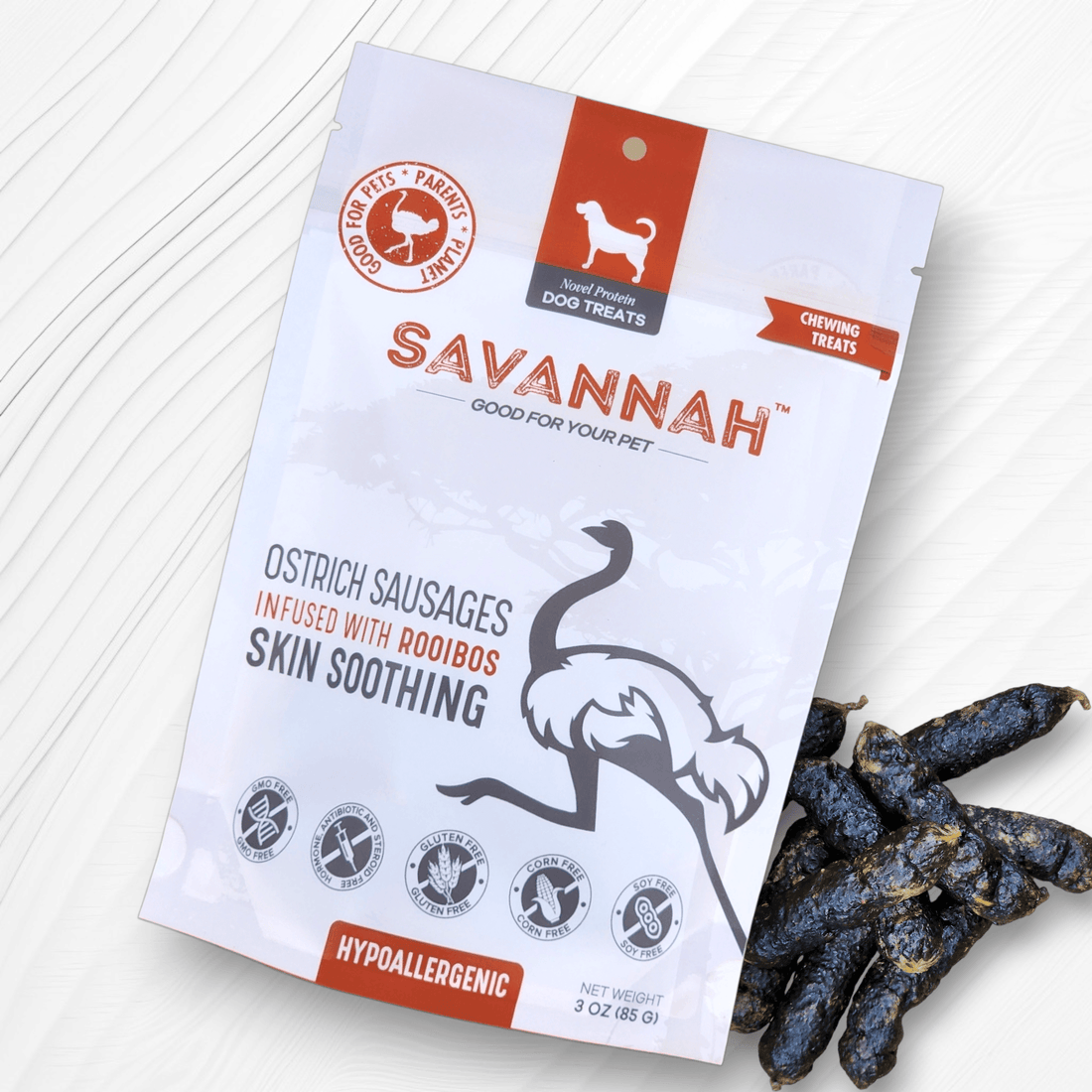In recent conversations, the topic of ostrich farming and its products has sparked curiosity and, for some, concern. It's not every day that we think about the role of ostriches in agriculture and industry, much less about their contribution to our dinner tables or our pets' snacks. However, the reality of ostrich farming offers a fascinating glimpse into sustainable practices that align with both environmental stewardship and animal welfare.
Ostriches, often recognized for their impressive size and speed, play a unique role in sustainable agriculture. Unlike conventional livestock, ostriches are raised in free-range environments that closely mimic their natural habitats. This approach not only respects the innate behaviors of these majestic birds but also ensures their health and well-being through diets consisting primarily of alfalfa and natural grasses.
One of the most striking aspects of ostrich farming is its low environmental footprint. These birds are remarkably efficient in their use of resources, requiring significantly less water and land than traditional livestock like cattle. Furthermore, ostriches do not produce methane, a potent greenhouse gas that is a major byproduct of cattle farming. This makes ostrich farming an environmentally friendly alternative, contributing less to global warming.
Our commitment to utilizing ostrich products, including their meat for nutritious pet treats, reflects a broader dedication to ethical farming practices. By ensuring that no part of the ostrich goes to waste, we embrace a philosophy of resourcefulness and respect for the creatures under our care.
Beyond their contribution to sustainable farming, ostriches are a source of a wide array of products that touch various aspects of our lives:
- Ostrich Meat: A healthier alternative to traditional red meats, ostrich meat is low in fat and high in protein, offering a delicious and nutritious option for those seeking a leaner diet.
- Ostrich Leather: Valued in the luxury fashion industry, ostrich leather is renowned for its durability and unique texture, making it a premium choice for a range of high-end accessories.
- Ostrich Feathers: From the glamour of fashion accessories to practical uses in high-quality dusters, the versatility of ostrich feathers continues to find new expressions.
- Ostrich Oil: With its moisturizing and rejuvenating properties, ostrich oil is a cherished ingredient in the cosmetics industry, enhancing a variety of skincare products.
- Ostrich Eggshells and Bones: The strength and size of ostrich eggshells make them ideal for artistic endeavors, while the bones, rich in nutrients, are repurposed for both pet treats and organic fertilizers.
- Ostrich Dung: This by-product serves as an effective organic fertilizer and can be processed into biofuel, illustrating the sustainable potential of ostrich farming beyond traditional uses.
Ostrich farming exemplifies how innovative agricultural practices can lead to more sustainable and ethical use of our planet's resources. By embracing the full potential of these remarkable birds, we contribute to a more sustainable future, one that respects the balance of nature and the well-being of all its inhabitants.
We are committed to transparency in our operations and hope this insight into ostrich farming enhances your understanding of its value and sustainability. In our journey towards more responsible agriculture, every step counts, and the versatile ostrich stands as a testament to the possibilities that await us.

